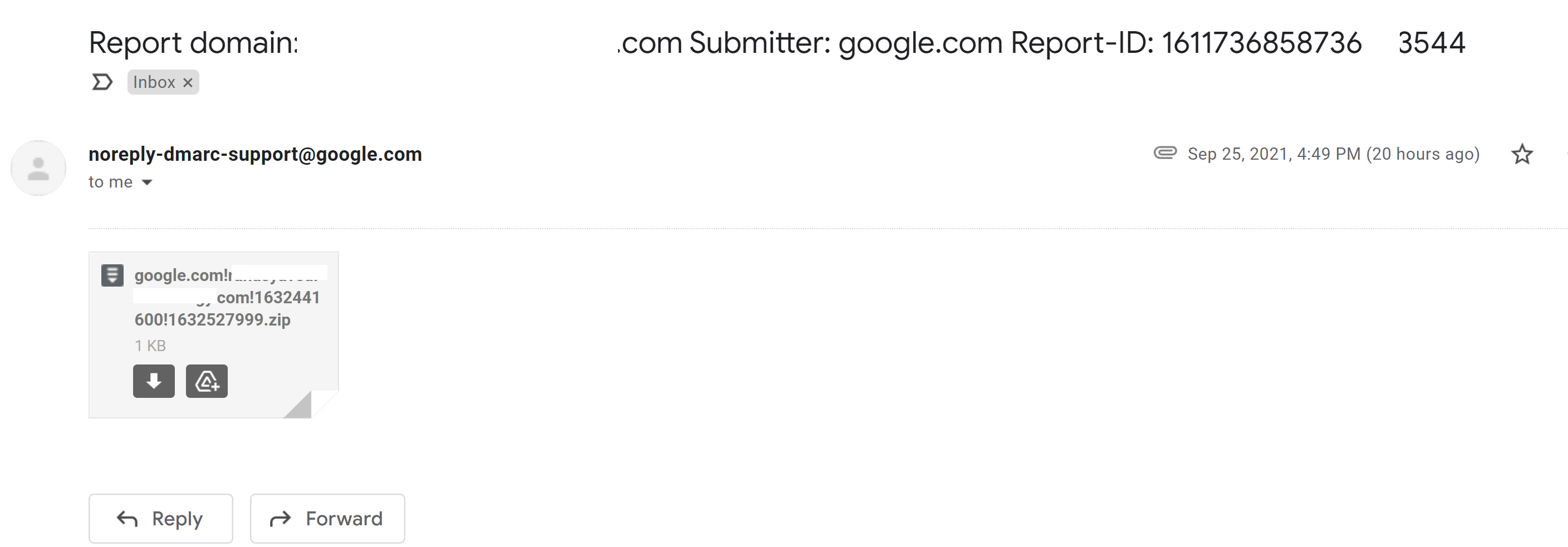North Korean Hackers Exploit Unpatched Zimbra Devices in 'No Pineapple' Campaign
-
A new intelligence gathering campaign linked to the prolific North Korean state-sponsored Lazarus Group leveraged known security flaws in unpatched Zimbra devices to compromise victim systems.
That’s according to Finnish cybersecurity company WithSecure (formerly F-Secure), which codenamed the incident No Pineapple.
Targets of the malicious operation included a healthcare research organization in India, the chemical engineering department of a leading research university, as well as a manufacturer of technology used in the energy, research, defense, and healthcare sectors, suggesting an attempt to breach the supply chain.
Roughly 100GB of data is estimated to have been exported by the hacking crew following the compromise of an unnamed customer, with the digital break-in likely taking place in the third quarter of 2022.
“The threat actor gained access to the network by exploiting a vulnerable Zimbra mail server at the end of August,” WithSecure said in a detailed technical report shared with The Hacker News.
The security flaws used for initial access are CVE-2022-27925 and CVE-2022-37042, both of which could be abused to gain remote code execution on the underlying server.
This step was succeeded by the installation of web shells and the exploitation of local privilege escalation vulnerability in the Zimbra server (i.e., Pwnkit aka CVE-2021-4034), thereby enabling the threat actor to harvest sensitive mailbox data.
Subsequently, in October 2022, the adversary is said to have carried out lateral movement, reconnaissance, and ultimately deployed backdoors such as Dtrack and an updated version of GREASE.
GREASE, which has been attributed as the handiwork of another North Korea-affiliated threat cluster called Kimsuky, comes with capabilities to create new administrator accounts with remote desktop protocol (RDP) privileges while also skirting firewall rules.
Dtrack, on the other hand, has been employed in cyber assaults aimed at a variety of industry verticals, and also in financially motivated attacks involving the use of Maui ransomware.
“At the beginning of November, Cobalt Strike [command-and-control] beacons were detected from an internal server to two threat actor IP addresses,” researchers Sami Ruohonen and Stephen Robinson pointed out, adding the data exfiltration occurred from November 5, 2022, through November 11, 2022.
Also used in the intrusion were tools like Plink and 3Proxy to create a proxy on the victim system, echoing previous findings from Cisco Talos about Lazarus Group’s attacks targeting energy providers.
North Korea-backed hacking groups have had a busy 2022, conducting both espionage-driven and cryptocurrency heists that align with the regime’s strategic priorities.
Most recently, the BlueNoroff cluster, also known by the names APT38, Copernicium, Stardust Chollima, and Copernicium, and Stardust Chollima, and TA444, was connected to wide-ranging credential harvesting attacks aimed at education, financial, government, and healthcare sectors.
-
undefined DownPW marked this topic as a regular topic on 2 Feb 2023, 12:06
-

A new intelligence gathering campaign linked to the prolific North Korean state-sponsored Lazarus Group leveraged known security flaws in unpatched Zimbra devices to compromise victim systems.
That’s according to Finnish cybersecurity company WithSecure (formerly F-Secure), which codenamed the incident No Pineapple.
Targets of the malicious operation included a healthcare research organization in India, the chemical engineering department of a leading research university, as well as a manufacturer of technology used in the energy, research, defense, and healthcare sectors, suggesting an attempt to breach the supply chain.
Roughly 100GB of data is estimated to have been exported by the hacking crew following the compromise of an unnamed customer, with the digital break-in likely taking place in the third quarter of 2022.
“The threat actor gained access to the network by exploiting a vulnerable Zimbra mail server at the end of August,” WithSecure said in a detailed technical report shared with The Hacker News.
The security flaws used for initial access are CVE-2022-27925 and CVE-2022-37042, both of which could be abused to gain remote code execution on the underlying server.
This step was succeeded by the installation of web shells and the exploitation of local privilege escalation vulnerability in the Zimbra server (i.e., Pwnkit aka CVE-2021-4034), thereby enabling the threat actor to harvest sensitive mailbox data.
Subsequently, in October 2022, the adversary is said to have carried out lateral movement, reconnaissance, and ultimately deployed backdoors such as Dtrack and an updated version of GREASE.
GREASE, which has been attributed as the handiwork of another North Korea-affiliated threat cluster called Kimsuky, comes with capabilities to create new administrator accounts with remote desktop protocol (RDP) privileges while also skirting firewall rules.
Dtrack, on the other hand, has been employed in cyber assaults aimed at a variety of industry verticals, and also in financially motivated attacks involving the use of Maui ransomware.
“At the beginning of November, Cobalt Strike [command-and-control] beacons were detected from an internal server to two threat actor IP addresses,” researchers Sami Ruohonen and Stephen Robinson pointed out, adding the data exfiltration occurred from November 5, 2022, through November 11, 2022.
Also used in the intrusion were tools like Plink and 3Proxy to create a proxy on the victim system, echoing previous findings from Cisco Talos about Lazarus Group’s attacks targeting energy providers.
North Korea-backed hacking groups have had a busy 2022, conducting both espionage-driven and cryptocurrency heists that align with the regime’s strategic priorities.
Most recently, the BlueNoroff cluster, also known by the names APT38, Copernicium, Stardust Chollima, and Copernicium, and Stardust Chollima, and TA444, was connected to wide-ranging credential harvesting attacks aimed at education, financial, government, and healthcare sectors.
@DownPW Thanks very much for this. For anyone else looking to get access to constantly updated vulnerability and breach information, I created a site some time ago that is fully automated, and ingests data from a variety of sources - effectively creating a single pane of glass to obtain information from well-known and respected information sources.
The site is Hostrisk
-
@DownPW Thanks very much for this. For anyone else looking to get access to constantly updated vulnerability and breach information, I created a site some time ago that is fully automated, and ingests data from a variety of sources - effectively creating a single pane of glass to obtain information from well-known and respected information sources.
The site is Hostrisk
@phenomlab better to post hère or on histrisk?
-
@phenomlab better to post hère or on histrisk?
@DownPW here. Hostrisk is automated and doesn’t accept registrations.
Hello! It looks like you're interested in this conversation, but you don't have an account yet.
Getting fed up of having to scroll through the same posts each visit? When you register for an account, you'll always come back to exactly where you were before, and choose to be notified of new replies (ether email, or push notification). You'll also be able to save bookmarks, use reactions, and upvote to show your appreciation to other community members.
With your input, this post could be even better 💗
RegisterLog in





